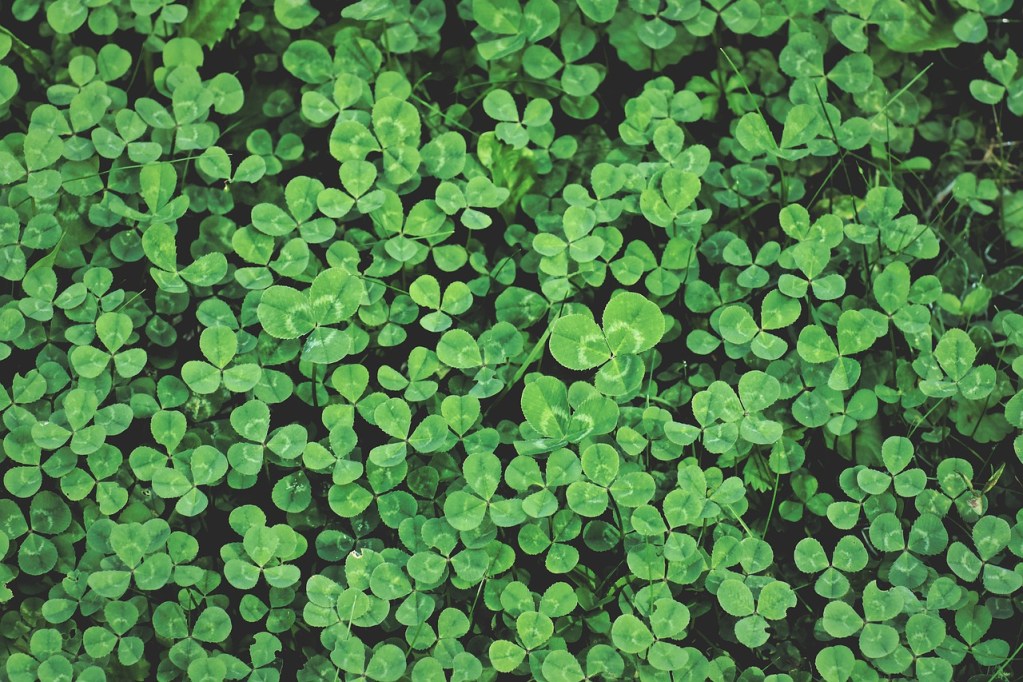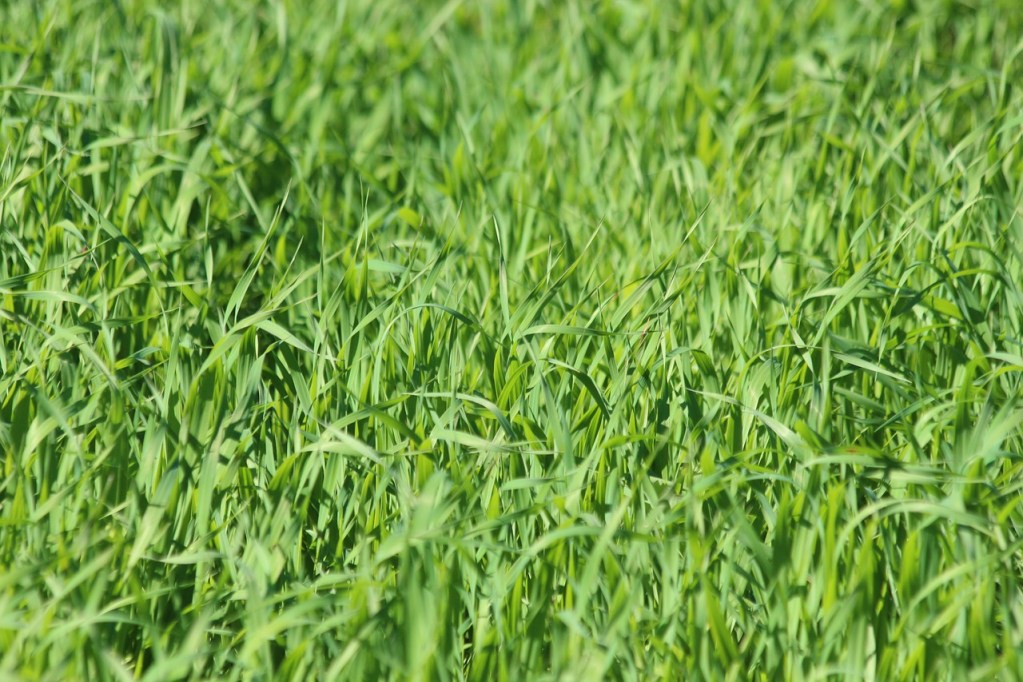Soil nutrition is a big deal for any gardener, but there’s no one size fits all method for keeping your soil healthy. You can add fertilizers, additives, and compost, but those don’t always work well enough. If your soil seems to be flagging and you’ve exhausted all your options, or are just interested in trying something new, then you may want to plant a cover crop. Not sure where to start? Don’t worry, we’re here to help! Keep reading to find out everything you need to know about planting a cover crop.
What is a cover crop?
A cover crop, in short, is a plant that’s grown primarily for its benefits to the soil rather than for its appearance or for eating. Some cover crops are also edible or attractive, but that isn’t their main function. Cover crops are grown instead of typical garden plants, essentially to give your soil a break and help it recover.
Cover crops provide a few different benefits for gardens. They help the soil recover nutrients, especially nitrogen. They also prevent soil loss that might occur in a garden if it was left bare and help keep weeds from taking over.
When should you plant a cover crop?
For most gardens, a cover crop in the spring will do the most good. However, there isn’t really a wrong time to grow a cover crop. You want to take into account the cover crop you’re growing, as well as your climate. For example, if you live in an area with harsh winters, growing a cover crop in winter is likely not going to go well. In general, the best time to plant a cover crop is before you grow your usual garden plants. For example, if you typically grow a fall vegetable garden, but don’t grow much during the summer, then a summer cover crop may be right for you. If you start your garden in early spring, then a fall cover crop is a good choice.
In terms of when, in the grand scheme of things, you should plant a cover crop, it depends a lot on your soil quality and how much planting has been done there before. If your garden soil is rich and has had only moderate planting, then you probably don’t need a cover crop. On the other hand, if your soil is poor, has been heavily planted, or has never been worked before, then a cover crop can do a lot of good for you. Additionally, if your soil is fine but you don’t have the time or energy to plant a full garden as you normally would, then you may benefit from a low-maintenance cover crop.

What are the best cover crops?
There are plenty of cover crops to choose from, depending on what you’re looking for and when you plan on planting. Many of the most popular cover crops are in the legume family, because they fix nitrogen. This means they take nitrogen from the air and add it back to the soil. This makes them a great choice if you’re looking for a cover crop to improve your soil. The legume family includes beans, peas, and clover.
In general, good cover crops grow quickly and are low maintenance.
- Warm weather cover crops
- Beans
- Clover
- Buckwheat
- Cold weather cover crops
- Ryegrass
- Oats
All of these plants do best in full sun to partial shade. Keep the ground moist while they’re seeds and young sprouts. Afterwards, simply water them when the soil dries. Clear out any old vegetation in your garden before planting your cover crop, but don’t worry if you can’t get everything. Cover crops grow thickly, which helps get rids of weeds.

What do you do with your cover crop once you’re done?
If you’ve planted an edible cover crop, then you can harvest and eat your cover crop. Clovers can be a great source of food for rabbits, so if you have a pet bunny, they may enjoy your cover crop as well. If you do harvest your cover crop, it’s important to leave the roots, especially if you planted a nitrogen fixing cover crop. This is because the nitrogen returns to the soil when the roots decompose.
Your cover crop can be composted, as well, but the easiest way to use your cover crop is to make it a green manure. This means leaving the plants as they die, and then mixing them into the soil. This adds a lot of nutrients back into the soil, so it’s a great option if you’re growing a cover crop to help your soil recover from over planting.
Cover crops may not be the most interesting or fun part of gardening, but they serve an important role. By growing a cover crop, you can improve your soil quality, which helps all your future gardens to thrive. Growing cover crops can even help a poor quality patch of dirt that seems like a wasteland flourish into a garden of beautiful blooms.



